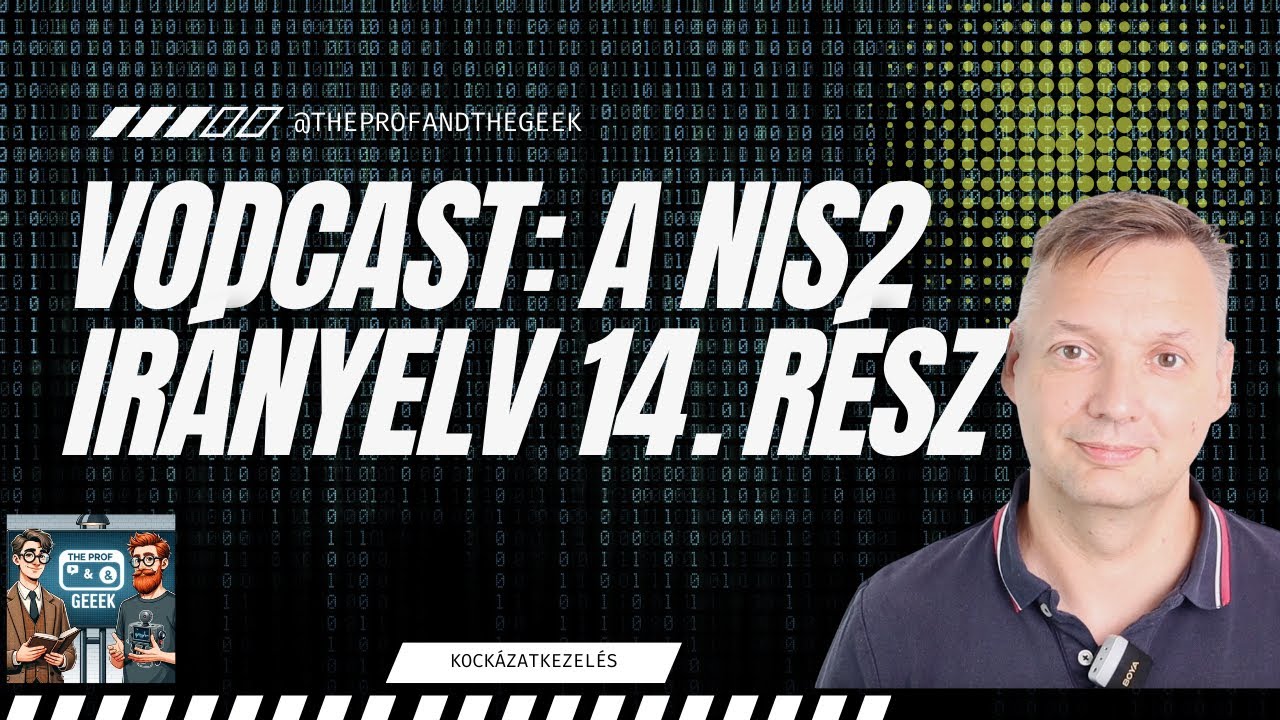Security Standards - CompTIA Security+ SY0-701 - 5.1
Summary
TLDRThe video script discusses the importance of standards in the technology industry for managing risks and ensuring security. It highlights the role of organizations like ISO and NIST in setting security standards. The script covers various aspects, including password policies, access control, physical security, and encryption standards. It emphasizes the need for clear guidelines on password complexity, authentication methods, data access, and secure storage to protect information within an organization.
Takeaways
- 📘 Standards are crucial in the tech industry to formalize processes and reduce risk.
- 🔒 Some organizations develop unique security standards, while others adopt existing ones like ISO and NIST.
- 🔑 Password standards are essential, with policies defining complexity and authentication methods.
- 🚫 Central authentication databases, like LDAP with Active Directory, may be mandated for device access.
- 🔄 Guidelines for password resets are vital to ensure account security.
- 🗄 Access control standards determine who can access what information and when.
- 🛡 Mandatory access control policies may be required over discretionary ones for enhanced security.
- 🔓 Standards for user access determination might involve management sign-off or training completion.
- 🏢 Physical security standards, including ID badges and electronic locks, are important for facility protection.
- 👷♂️ Different standards may apply to employees, contractors, and guests regarding physical access.
- 🔐 Well-documented encryption standards are necessary, including hashing and encryption algorithms for data protection.
- 🌐 Encryption requirements may vary based on the state of data—use, transit, or rest.
Q & A
What is the primary purpose of relying on standards in the technology industry?
-The primary purpose of relying on standards in the technology industry is to establish a formal process for handling different situations, providing extensive documentation to clarify requirements, and reducing risk in organizational environments.
Why would an organization create its own security standards?
-An organization might create its own security standards when it has unique requirements that are not met by existing standards, ensuring that its specific needs are addressed and maintained securely.
Which two organizations are mentioned as providers of security standards?
-The two organizations mentioned as providers of security standards are ISO (International Organization for Standardization) and NIST (National Institute of Standards and Technology).
What is a critical aspect of security standards that every organization should know about and follow?
-A critical aspect of security standards that every organization should know about and follow is those associated with passwords, including what makes a good password and the policies around password complexity and authentication.
How might an organization's standard define the use of local accounts on devices like switches or routers?
-An organization's standard might define that local accounts on devices like switches, routers, or firewalls are not allowed, requiring these devices to authenticate using another method, such as LDAP to Active Directory.
What guidelines should be followed when resetting or changing passwords to ensure account security?
-When resetting or changing passwords, specific guidelines should be followed, such as those defined by the organization's standard, to ensure the security of the account, which might include multi-factor authentication or a password complexity check.
What is access control, and why is it important to have standards for it?
-Access control is a set of rules that determine what type of information a user can access and when they can access it. It is important to have standards for access control to ensure that sensitive information is protected and only accessible to authorized individuals.
What might be included in an organization's standard for mandatory access control policies?
-An organization's standard for mandatory access control policies might include the requirement to avoid discretionary access control policies and to implement mandatory access control policies that strictly define user access based on predefined rules.
How can standards help in defining and removing user access to data?
-Standards can help in defining user access by requiring sign-offs by management or training courses before access is granted. They can also define how to remove access, such as due to security issues, account expiration, or when a user leaves the organization.
Why is physical security important when creating standards for an organization?
-Physical security is important when creating standards for an organization because it helps protect the property and assets from unauthorized access, especially in environments with high foot traffic, ensuring that only authorized individuals can enter and access sensitive areas.
What are some examples of physical security standards that an organization might implement?
-Examples of physical security standards include requiring users to present an ID badge for entry and to gain access through electronic door locks, using biometric aspects in door locks, and implementing ongoing monitoring and motion detection in certain areas.
How should encryption standards be documented and implemented in an organization?
-Encryption standards should be well-documented and clearly define the use of encryption technologies, including the selection of hashing or encryption algorithms, the implementation process, and the specific requirements for different states of data, such as data at use, in transit, and at rest.
Outlines

This section is available to paid users only. Please upgrade to access this part.
Upgrade NowMindmap

This section is available to paid users only. Please upgrade to access this part.
Upgrade NowKeywords

This section is available to paid users only. Please upgrade to access this part.
Upgrade NowHighlights

This section is available to paid users only. Please upgrade to access this part.
Upgrade NowTranscripts

This section is available to paid users only. Please upgrade to access this part.
Upgrade NowBrowse More Related Video

NCI Procesos: Tecnología de la Información

SAFECode Basic Practices for Secure Development of Cloud Applications 101 Quiz Part 2 p1

TERBARU - Pembahasan Materi dan Soal SKB Pranata Komputer Ahli Pertama IT ENTERPRISE - CPNS 2024

IT Audit & Control Standards

NIS2 vodcast: Kockázatkezelés

Materi K3 dalam Pengelolaan Bisnis Ritel part 1
5.0 / 5 (0 votes)